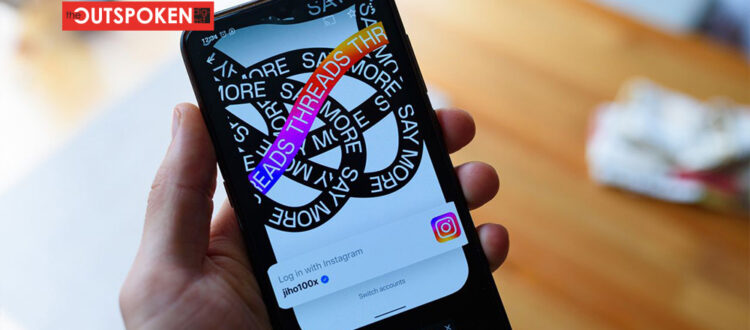The design industry is constantly evolving, driven by advancements in technology. In recent years, three powerful technologies—Augmented Reality (AR), Virtual Reality (VR), and Artificial Intelligence (AI)—have emerged as game-changers, revolutionizing the way designers create and users experience design. In this blog post, we will explore the profound impact of AR, VR, and AI on the design industry, showcasing how these technologies are reshaping experiences, expanding possibilities, and shaping the future of design.
Augmented Reality (AR) in Design:
Augmented Reality blends the digital and physical worlds, overlaying digital content onto the real environment. Its impact on the design industry is profound and far-reaching:
Enhanced Product Visualization: AR enables designers to create interactive and immersive product experiences, allowing users to visualize and interact with virtual products in real-world contexts. From furniture to fashion, AR empowers users to see how products fit into their lives before making a purchase.
Designing for AR Experiences: AR influences design decisions, as designers now need to consider how digital elements will interact with physical environments. Designing intuitive AR interfaces and visually compelling digital overlays require new design approaches and considerations.
AR in Architecture and Interior Design: Architects and interior designers leverage AR to visualize and present design concepts to clients. It enables clients to explore virtual walkthroughs, experience spatial layouts, and assess design choices in a more interactive and engaging manner.
Virtual Reality (VR) and Immersive Design Experiences:
Virtual Reality immerses users in a fully digital environment, creating a sense of presence and interactivity. Its impact on design is transformative:
Architectural Visualization and Walkthroughs: VR allows architects, urban planners, and designers to create immersive 3D environments, enabling clients and stakeholders to virtually explore spaces, test design iterations, and gain a realistic understanding of the final product.
User Experience (UX) Design and Testing: VR facilitates the creation of realistic prototypes for user testing, enabling designers to evaluate user interactions and gather feedback in a controlled virtual environment. It helps in refining user experiences before the physical implementation.
Gamification and Brand Experiences: Brands use VR to create captivating and interactive experiences, ranging from virtual showrooms and product demos to immersive storytelling. VR enhances brand engagement and leaves a lasting impression on consumers.
Artificial Intelligence (AI) for Intelligent Design:
Artificial Intelligence empowers designers with tools and capabilities that augment their creativity and efficiency:
Generative Design and Automation: AI algorithms can generate design options based on given parameters, accelerating the design process and offering a vast range of possibilities. It helps designers explore innovative solutions and optimize designs for specific objectives.
Data-Driven Insights: AI enables designers to gather and analyze vast amounts of user data, providing valuable insights into user preferences, behavior patterns, and market trends. These insights inform design decisions and lead to more user-centric and personalized experiences.
Smart Assistants and Chatbots: AI-powered virtual assistants and chatbots enhance user interactions, providing instant support, recommendations, and personalized experiences. They assist in creating intuitive user interfaces and improving overall user satisfaction.
Augmented Reality, Virtual Reality, and Artificial Intelligence are pushing the boundaries of design, transforming experiences, and opening new possibilities. From interactive product visualization and immersive architectural walkthroughs to generative design and data-driven insights, these technologies empower designers to create more engaging, personalized, and impactful experiences. As AR, VR, and AI continue to advance, their influence on the design industry will only grow, shaping the future of design in ways we are yet to imagine.








